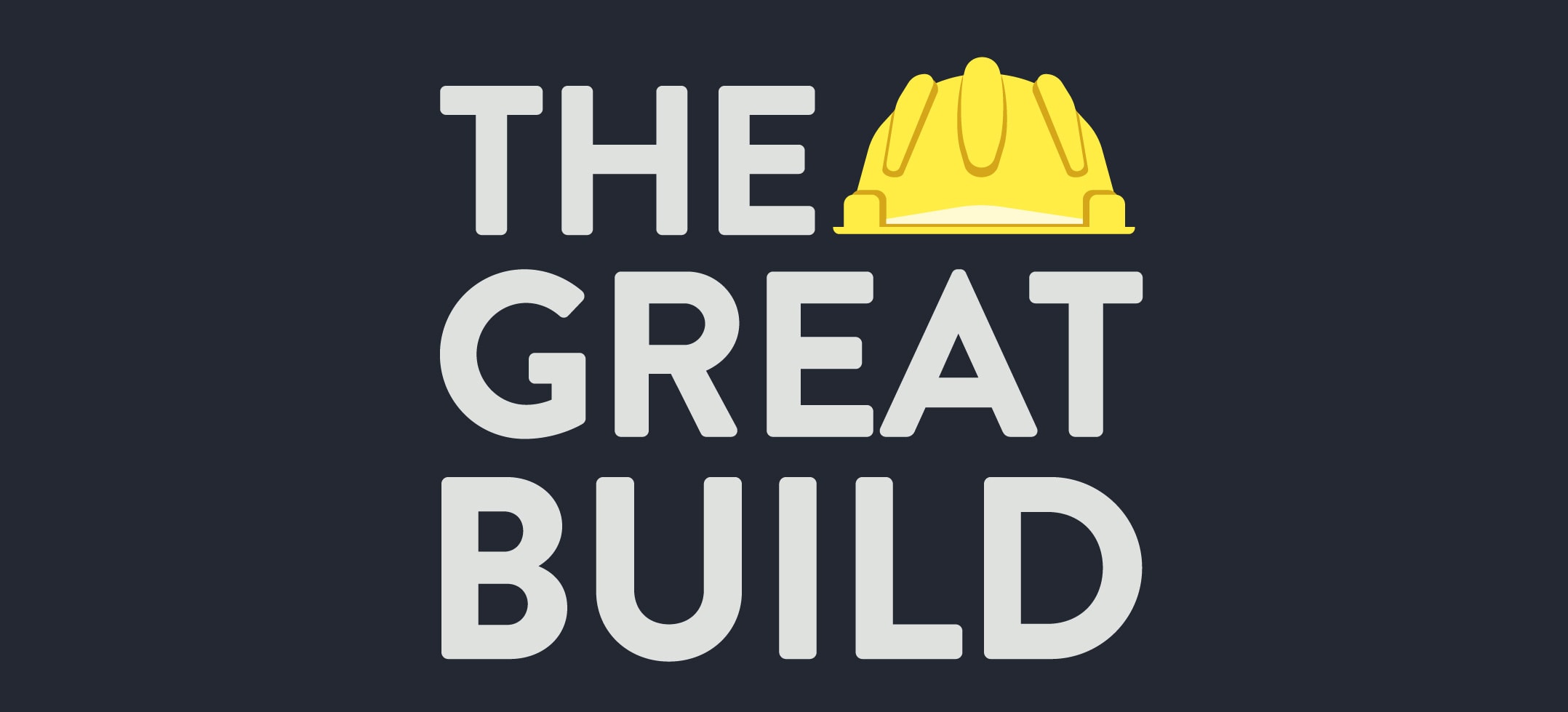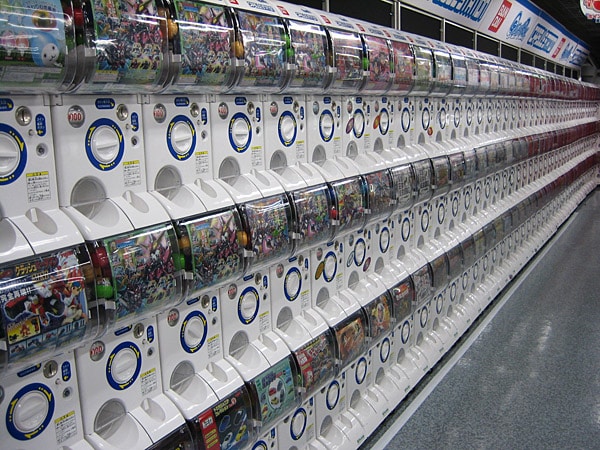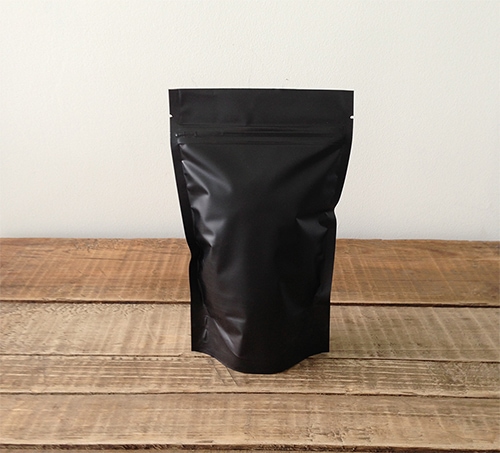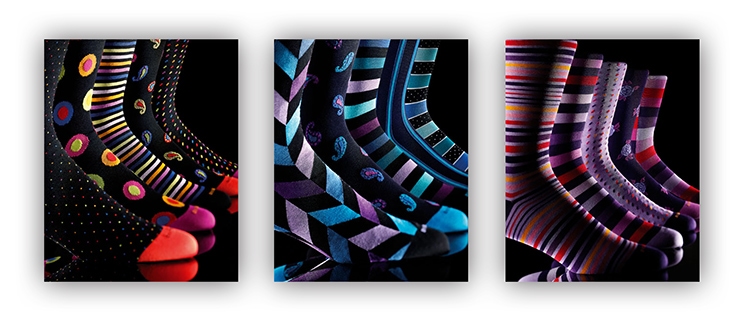
#TheGreatBuild: The Great Reveal of My Product & Niche Selection
Welcome to #TheGreatBuild, a series dedicated to starting an ecommerce business from scratch. In this series, the founder of A Better Lemonade Stand, Richard Lazazzera, shares the lessons he learns and the strategies he tries as he builds his own ecommerce business from the ground up. This series has been created with the intention of showing other new entrepreneurs what it takes to start an ecommerce business so it will hopefully inspire them to start their own online business, too.
To read all the blog posts included in this series, navigate using the Table of Contents down below.
Table of Contents
- #TheGreatBuild: Choosing a Niche & Product to Sell Online
- #TheGreatBuild: Product & Niche Evaluation
- #TheGreatBuild: The Great Reveal of My Product & Niche Selection
- #TheGreatBuild: Make, Manufacture, Wholesale or Drop Ship
- #TheGreatBuild: Negotiating with a Manufacturer
- #TheGreatBuild: Choosing a Shopping Cart
- #TheGreatBuild: Pivoting
- #TheGreatBuild: How to Build a Brand Persona
- #TheGreatBuild: Unveiling My Brand
- #TheGreatBuild: DIY Product Photography
- #TheGreatBuild: How to Launch a Business
- #TheGreatBuild: First Month Revenue & Marketing Report
- #TheGreatBuild: Behind the Scenes of a 6-Month-Old Ecommerce Business
In my last post, I went through the 18-point criteria I developed for evaluating a product and niche. From the feedback, I believe many of you had a solid understanding of the market I am attacking with the #TheGreatBuild project.
Some guesses for my product and niche selection were:
- Suspenders
- Tie Clips
- Handkerchiefs
- Ties
- Skin Cream/Hair Gel
- Belts/Cuff Links
- Shaving Razors/Double Edge Razors
Out of all the guesses, I really liked the thought process of Zsombor. He said:
My first thought was some kind of skin care product, but the further description is more fitting for a fashion item. Then your customer is “opinionated” which makes me think that you need balls to wear this item or that it is not very common piece. I would say these are bow ties. It checks out on most of your points.
Bow-ties definitely fit the majority of the criteria I listed. The margins on bow ties are fantastic and with a little practice and effort, you can make them yourself to get started. Your startup costs would be a few hundred dollars max to get past the proof of concept stage and I think it would be a really fun brand to build.

So it’s bow-ties? No, not quite. I passed on the idea of bow-ties for the very simple reason that I personally wouldn’t wear one. Although that’s not a necessary criteria for running an ecommerce business, I didn’t feel I could do well with a fashion product I’m not able to rock with confidence in my day to day life.
Zsombor was on the right track, though. My selected product and niche is in the men’s fashion/accessory category and, to a certain extent, takes a bit of confidence and balls to wear. So what is my product?
My Product and Niche Selection
Drumroll…

Bright, Bold and Fun Socks for Young Male Professionals
The Trend
Casual workplaces are a big reason for the bolder choices in socks that express more personality. In addition, current fashion trends are also contributing a greater interest in fun socks. Recent trends in sporting shorter pant legs also leave more ankle to show. Socks are quickly taking the place the tie once held.
It’s not just casual office environments that are pushing the bold sock trend. If you work corporate, much of your attire can become standard and dictated by the dress code, but socks usually aren’t covered. They are one piece of clothing that still allows for personality and expression.
If you live in a major city and haven’t noticed the trend for bold, colorful and fun socks you might be walking around blind. Walk around downtown, or into any agency or startup and you’ll quickly spot the trend.
According to the Wall Street Journal article:
Driven in part by the bold new offerings, sales of socks for men and women have been rising. Sock sales rose 5.6% to $4.22 billion for the 12-month period ended April 2013, according to NPD Group. Men in particular are rushing to buy the colorful, patterned socks offered by specialty stores. Sales of men’s socks at specialty stores soared 39% in 2012.
When we look at the Google Trends chart, we can see a clear and steady climb in the category of men’s socks, and also around keywords like “funky socks,” “colorful socks,” “bold men’s socks,” etc.

As I mentioned in my previous post, this market hasn’t been ignored. SockItToMe.com expects to sell more than 5 million dollars of socks this year, up more than 40% from $3.5 million in 2012. Recently, retailer the Gap has jumped on the sock train as well. There are literally hundreds, if not thousands of smaller competitors in the sock arena.
Some of my favorites are:
How Did I Decide on This Product and Niche?
I was never one that followed the latest fashion trends. I believed in a style where everything should match and my wardrobe had very limited colors. My sock drawer was no exception. Black socks and white socks and two pairs of grey socks (that was even a little outside my matching comfort zone). A few years ago, when I was working in a corporate environment, one employee consistently wore colorful and bold socks. Day in and day out, he always had interesting patterns and colors in his socks. At first, being the matchy-matchy guy I was, I thought it was silly but I started noticing something… other people were noticing him. In fact, every morning in our morning meeting his socks were the first topic of conversation. As silly as it was, there was an aura effect and it lightened the mood and just made everyone feel better… happier.
I decided I had to up my sock game and went out and purchased 6 pairs of fun socks. Socks I would never normally wear. Socks that were bold and fun. You know what I discovered?
Awesome socks just make you feel good.
What is the Current Problem I’m Trying to Solve & How Will I Compete?
At first, I intended for this business to be a subscription business, charging the customer monthly in exchange for 1 pair of colorful, bold and unique socks. After talking with several sock enthusiasts they all told me something similar, that they didn’t want the same socks as everyone else every month. After a bit more exploring, I landed on the idea of limited edition series. The idea is that we would develop a series of socks, working with several artists and each style would be limited to a certain number of units, some rarer than others. Regardless, after each style and series is sold out, we would not produce it anymore.
With some styles rarer than others, we had to figure out how we could sell them. Obviously, there would be a preference for the more rare ones. After sitting down with my team and discussing some ideas, we landed on something pretty cool.
A Different Type of Business Model: Gashapon? Blind Box?
Gashapon machines are similar to the coin-operated toy vending machines seen outside of grocery stores and other retailers in other countries. While American coin-operated vending toys are usually cheap, low-quality products sold for a quarter, 50¢, or sometimes 75¢, Japanese gashapon can cost anywhere from ¥100–500 (approx. US$1–6) and are normally a much higher quality product. The concept is the same, though, you don’t actually know what product you are going to receive until you turn the crank. There is a tendency for customers to keep playing in an attempt to get a particular toy they are looking for or to collect the whole series.

This idea of not knowing exactly what you’re getting has also been translated into a market for larger toys and commonly referred to as a Blind Box. Kid Robot Toys have done this with many of their series. You are essentially buying into the series, but you’re not sure until you actually open the package which character you are going to get. Adding an element of surprise and excitement to the purchase as well.

Validation
So the question comes up, are people interested in a Blind Box socks? I decided to do a simple test to find out. I found 10 styles of fun and colorful socks and pasted them into a document with a number under each one. The number represented how many of that particular style would be produced, in theory.
I printed this document out and took it to a friend’s office. There are lots of people in my target market that work out of this space so it was a perfect testing environment. I put the printed sheet with the 10 styles on a desk along with a mysterious black package.

I then invited 20 people in my target market, one at a time to come and sit down at the desk. I explained to them I was working on a new sock brand and showed them the 10 sample sock designs in front of them. I also explained the number under each image represented the total number of that style that would be produced.
I asked each person the following question:
- Do you like any of the following socks designs? (A qualifying question)
- Would you purchase any of these socks if you saw them in a store?
At this point, I would explain to them that this brand of socks is a Blind Box model and I would explain what that meant. I would then show them the package in front of them and tell them the package contained one of the styles but not even I knew which style. At this point I would ask them the most important question:
- I can take credit cards or cash. Would you like to purchase this blind box right now?
Results
The first question was meant to qualify them as being part of my target market. All responded “Yes” to that questions. Everyone also responded “Yes” to the second question (provided the price was reasonable). Most importantly, out of the 20 people I sat down for the experiment, 13 were willing to give me payment immediately for the secret black box package.
What does that mean?
Good question. The test wasn’t meant to be definitive or scientific. It was simply meant to gauge interest and intent in this type of business model when it comes to socks. Overall, the results were more positive than I expected and we have decided to move forward as the world’s first online Blind Box sock (and clothing in general) brand.
What Do You Think?
What do you think of my product and niche selection? What about the Blind Box business model? Am I crazy or do you think I can pull off the world’s first blind box clothing brand or should I stick with my original idea of the bold sock subscription?




